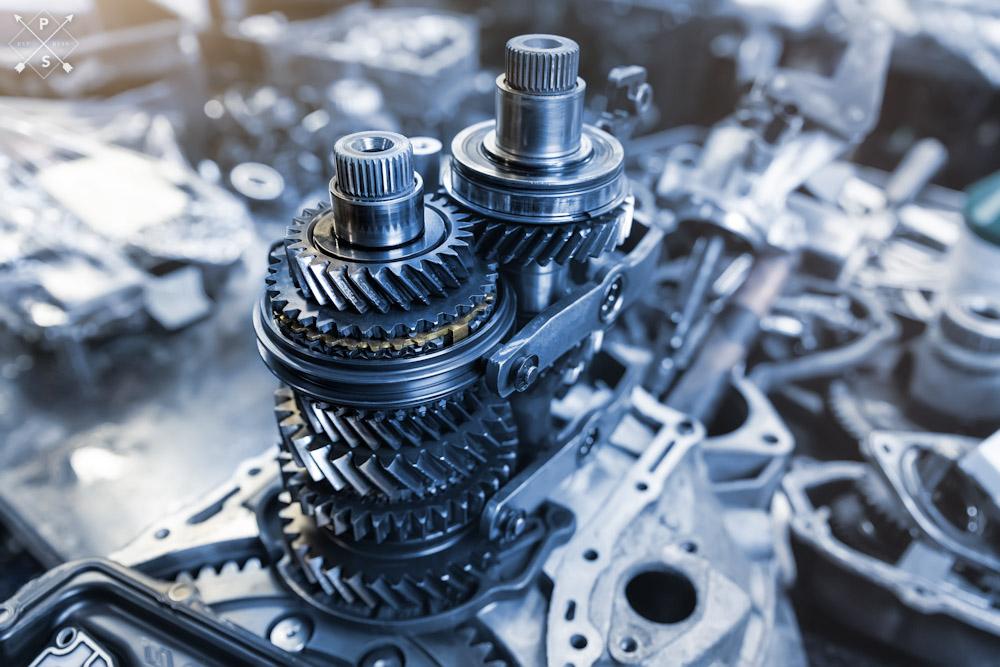In the realm of automotive engineering, the transmission stands as the unsung hero, orchestrating the seamless transfer of power from the engine to the wheels. This intricate symphony of gears and fluid ensures our vehicles glide effortlessly through city streets and conquer off-road adventures. However, like any essential component, transmissions require diligent care to maintain their vigor and longevity. In this comprehensive guide, we delve into the secrets of transmission health, empowering you to safeguard this vital element of your automotive companion.

Image: masterauto.tech
Understanding Transmission Fundamentals:
At the heart of any transmission lies a series of interlocking gears, clutches, and bands. These mechanical wonders engage and disengage in a synchronized dance, determining the appropriate gear ratio for every driving scenario. Cruising down the highway demands a higher gear ratio, while navigating steep inclines calls for a lower one. This complex process is orchestrated by a combination of hydraulic pressure, electronic signals, and the driver’s input via the gearshift.
Signs of Transmission Distress:
Transmission ailments often manifest through telltale signs that warrant prompt attention. Slipping gears, accompanied by a noticeable loss of power, indicate a clutch or band issue. Grinding noises when shifting gears point to worn-out synchromesh rings, while a burning smell suggests a fluid leak or overheating. Unusual vibrations and whining sounds during operation may signal bearing or gear damage. Ignoring these symptoms can exacerbate the problem, potentially leading to costly repairs.
Preventative Care: The Path to Transmission Longevity:
-
Regular Fluid Changes: Transmission fluid serves as the lifeblood of the system, lubricating moving parts and dissipating heat. Over time, this fluid degrades, accumulates contaminants, and loses its effectiveness. Regular fluid changes, as specified in your vehicle’s maintenance schedule, replenish the fluid and extend the transmission’s lifespan.
-
Filter Replacement: The transmission filter acts as a guardian against harmful particles that may circulate within the fluid. Clogged filters impede proper fluid flow, leading to premature wear and tear on transmission components. Replacing the filter during each fluid change ensures a clean and efficient fluid circulation system.
-
Transmission Cooler Maintenance: In demanding driving conditions or hot climates, a transmission cooler plays a crucial role in regulating fluid temperature. Overheating can accelerate fluid degradation and damage transmission components. Ensure the cooler is unobstructed and clean to optimize heat dissipation.
-
Driving Habits: Your driving habits can have a profound impact on transmission health. Aggressive acceleration, excessive towing, and riding the clutch put undue stress on transmission components. Smooth and responsible driving practices not only enhance safety but also contribute to transmission longevity.
Expert Insights and Actionable Tips:
“Maintaining a healthy transmission is akin to nurturing a prized possession,” advises renowned automotive technician James Carter. “Regular fluid changes, coupled with proper driving habits, go a long way in ensuring trouble-free operation.”
Additionally, Carter emphasizes the importance of seeking professional assistance. “If you experience any symptoms of transmission distress, don’t hesitate to consult a qualified mechanic,” he advises. “Early detection and intervention can prevent minor issues from escalating into major repairs.”
Conclusion:
By embracing the principles outlined in this comprehensive guide, you can nurture the health of your transmission, ensuring smooth and reliable performance that will accompany you throughout countless adventures behind the wheel. Remember, a well-cared-for transmission is the cornerstone of a dependable and fulfilling driving experience.

Image: www.lafayettegermancarrepair.com
How To Keep Your Transmission Healthy